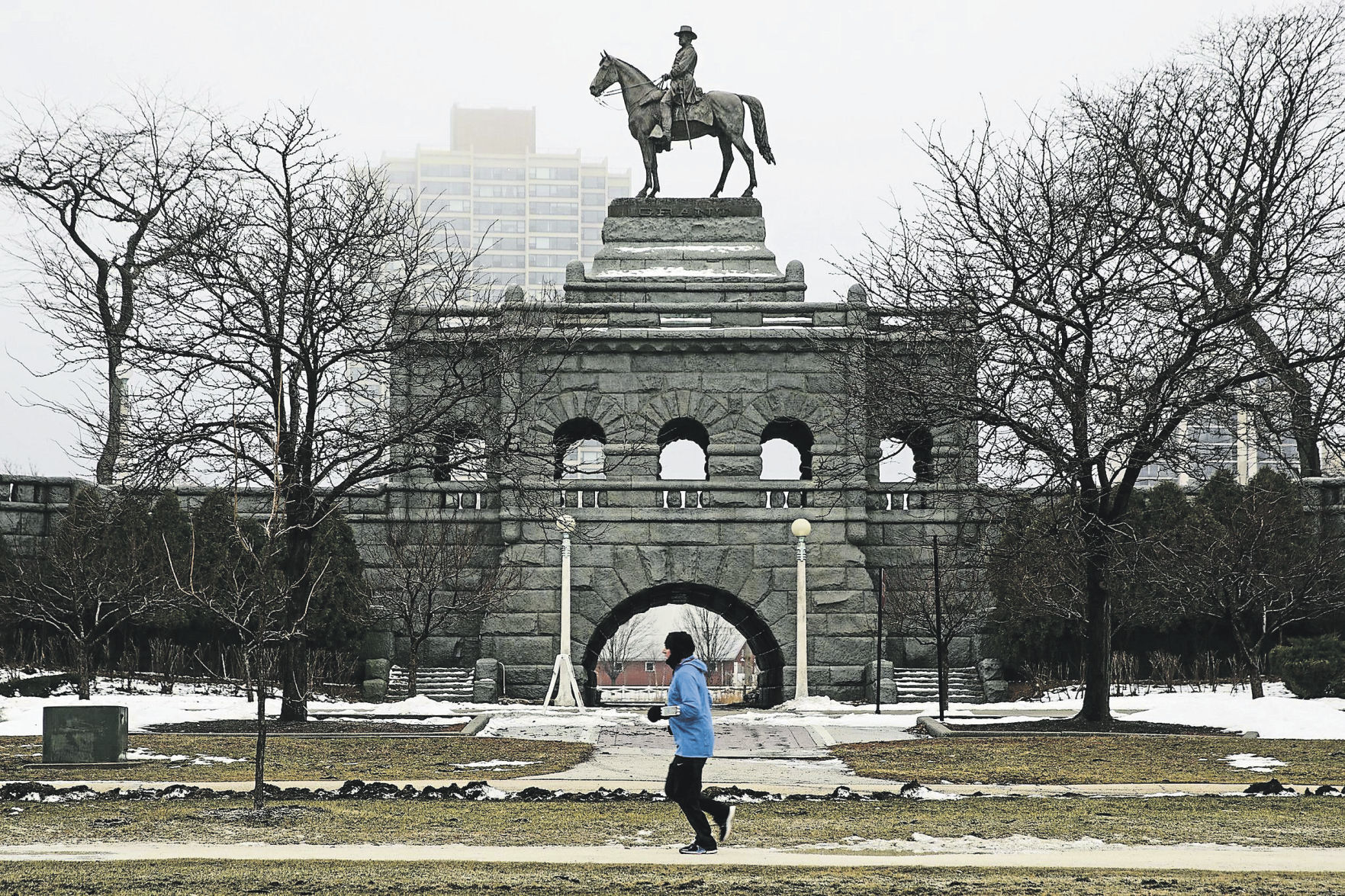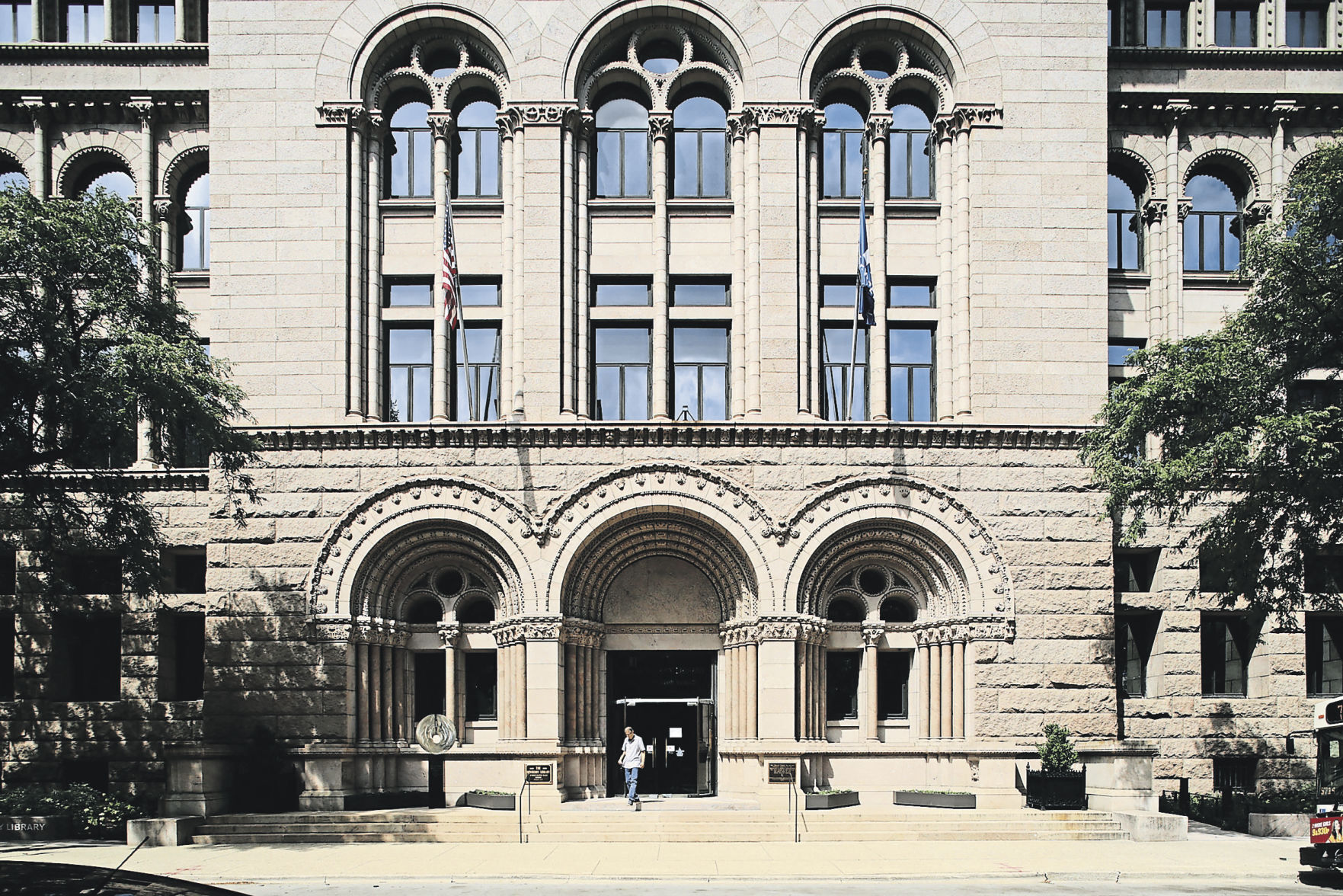CHICAGO — There are a lot of books written about Chicago and why not?
This is an ever-fascinating place, filled with vivid characters, interesting places and buildings, and dramatic, funny or often bloody events that have and continue to provide enough material for hundreds of novels, nonfiction works and guidebooks.
Many of these Chicago books are excellent, some modestly appealing and more than a few, simply put, lousy. That last group includes ho-hum offerings focused on gangsters and other touristy clichés and/or feature a listing of the well-worn suspects: Deep-dish pizza, blues bars, Navy Pier, et cetera, et cetera, et cetera.
One of the newest is “A History Lover’s Guide to Chicago” (History Press) and it is one of the best, a thoughtful and entertaining 200-some pages.
It is the work of Greg Borzo, a name familiar to any of you who read or buy books about the place we live. He once told me that he believes much of our city’s history “hides in plain sight,” and he has spent most of his career proving it.
A native of the Northwest Side, he earned a degree in cultural anthropology from Grinnell College in Iowa and later a master’s in journalism from Northwestern University. He has worked and written for such publications and institutions as Modern Railroads magazine and the Field Museum. He was one of the authors of “The Windies’ City: Chicago’s Historical Hidden Treasures,” with some of the favorite field trips of the Chicago History Museum’s docents; “The Chicago ‘L’“ and 2012’s “Where to Bike Chicago: Best Biking in City and Suburbs,” with more than 70 rides (27 of them for kids) across Chicago and the suburbs. In 2017 he gave us “Chicago’s Fabulous Fountains” (Southern Illinois University Press), a lively trip to more than 100 fountains that dot and drench the area.
In 2019, his “Lost Restaurants of Chicago” (History Press) arrived. It is a marvel, like walking through a culinary graveyard. It recalls not only the names of once-popular eateries — many famous and some charmingly not so — but also their significance. In the book, he writes that “Restaurants feed body and soul, and the ones we’ve lost can give us a taste of where we’ve been and who we are.”
Of this newest book, he told me, “This is not a guidebook for tourists, not a where to get the best doughnuts in town kind of book. It’s for people who love history and this city.”
He was approached to write the book by the History Press, for whom he has written before and which publishes an ongoing series of “History Lover’s” guides that has previously visited such places as Dallas, Milwaukee, Kansas City and, perplexingly, Bar Harbor, Maine.
“I agreed to do this book in part because I was given the freedom to choose the subjects, what to include and not include,” Borzo says, noting that he also took almost all the fine photos in the book. “That was a great opportunity and still there were many places that wound up on the cutting room floor, so to speak.”
He did have some mildly heated conversations with the folks at History Press. For instance, they were initially skeptical of a chapter on libraries but once editors read what Borzo had written about such book institutions as the Newberry and Blackstone, the city’s first branch library built in 1902 and “modeled after the Erechtheion, a temple in Athens (with) original murals in a rotunda celebrating labor, literature, art and science … (and) carved marble, walnut wainscoting and mosaic, tile-and-glass floors,” they wisely let him carry on. Libraries constitute one of the most compelling of the books’ 13 chapters, but there are also delights to be found in the others.
The “Cemeteries” chapter might have raised a History Press editor’s eyebrow until they read about the many glories at Graceland, Oak Woods, Rosehill and reads that “many of Chicago’s cemeteries and their tombstones are crumbling … (marking) the final resting places of Chicago’s saints and scalawags.”
A “Military Matters” chapter is filled with things that will likely surprise you, introducing such sites as the relatively obscure (given that it stands in Lincoln Park) “colossal” Ulysses S. Grant Memorial, which has been part of the urban landscape since 1891, and the heart wrenching “Above and Beyond,” a display of 58,307 replica dog tags hanging inside the Harold Washington Library and on loan from the National Veterans Arts Museum.
Borzo gets to my former professional home in “Monuments, Markers and Memorials” when he writes, “Embedded in the base of the Tribune Tower are more than 150 pieces from historic sites around the world” and tells you how they got there. He also informs us that “When the Tribune sold its celebrated building to a developer in 2018, the first question on everyone’s mind was, what would happen to the precious fragments? They’re staying put, and the new owners would like to add to the collection.”
Those efforts will be interesting to watch as will be speculating about Borzo’s next book. This book’s dedication might provide a hint, for it addresses his relatively recent but consuming passion. He writes, “Dedicated to all my pickleball friends, too numerous to be named here, but too good to be true. 0-0-Start!”
There are a surprising number of books on this subject, with such titles as “One Minute Pickleball,” “Finding Your Pickleball Love Language” and “13 Deadly Sins of Pickleball.”
I have yet to participate in this sport. But if Borzo ever decides to write a book about it, I’ll be among the first to read it.
Kogan writes for The Chicago Tribune.



